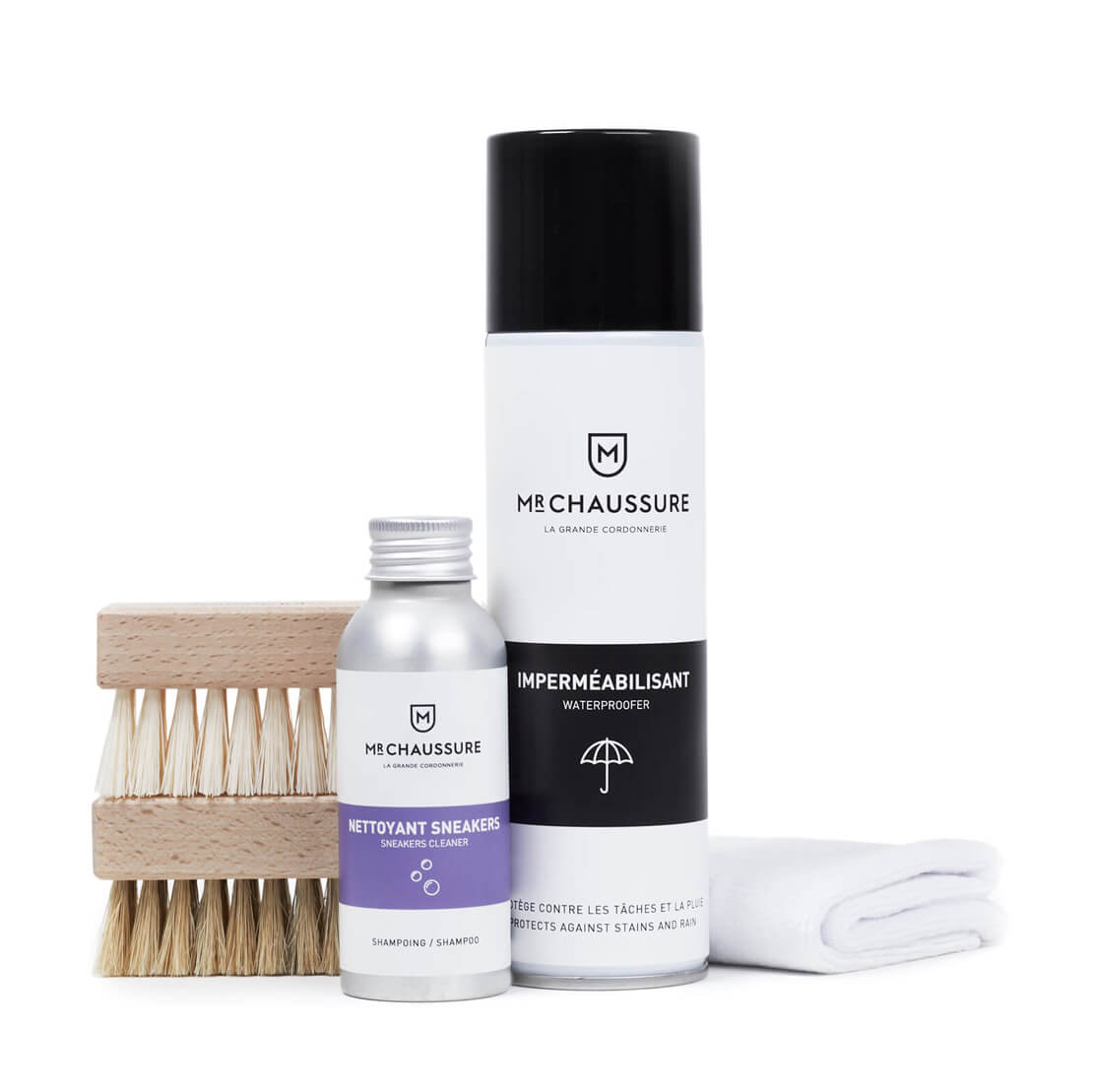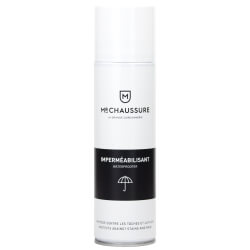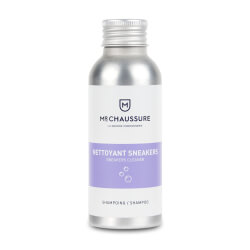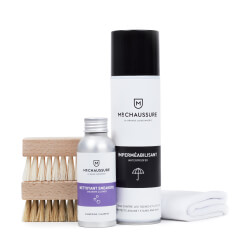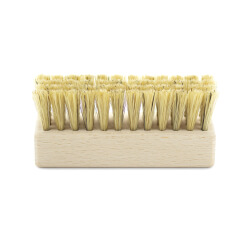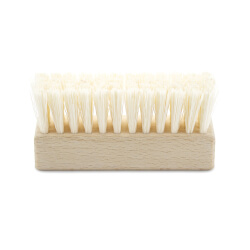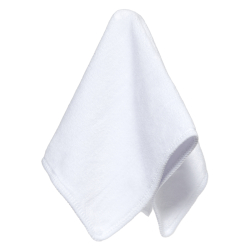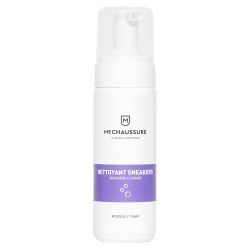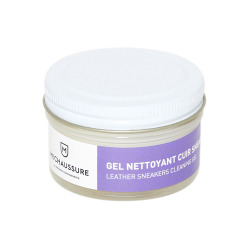Why avoid baking soda for your trainers?
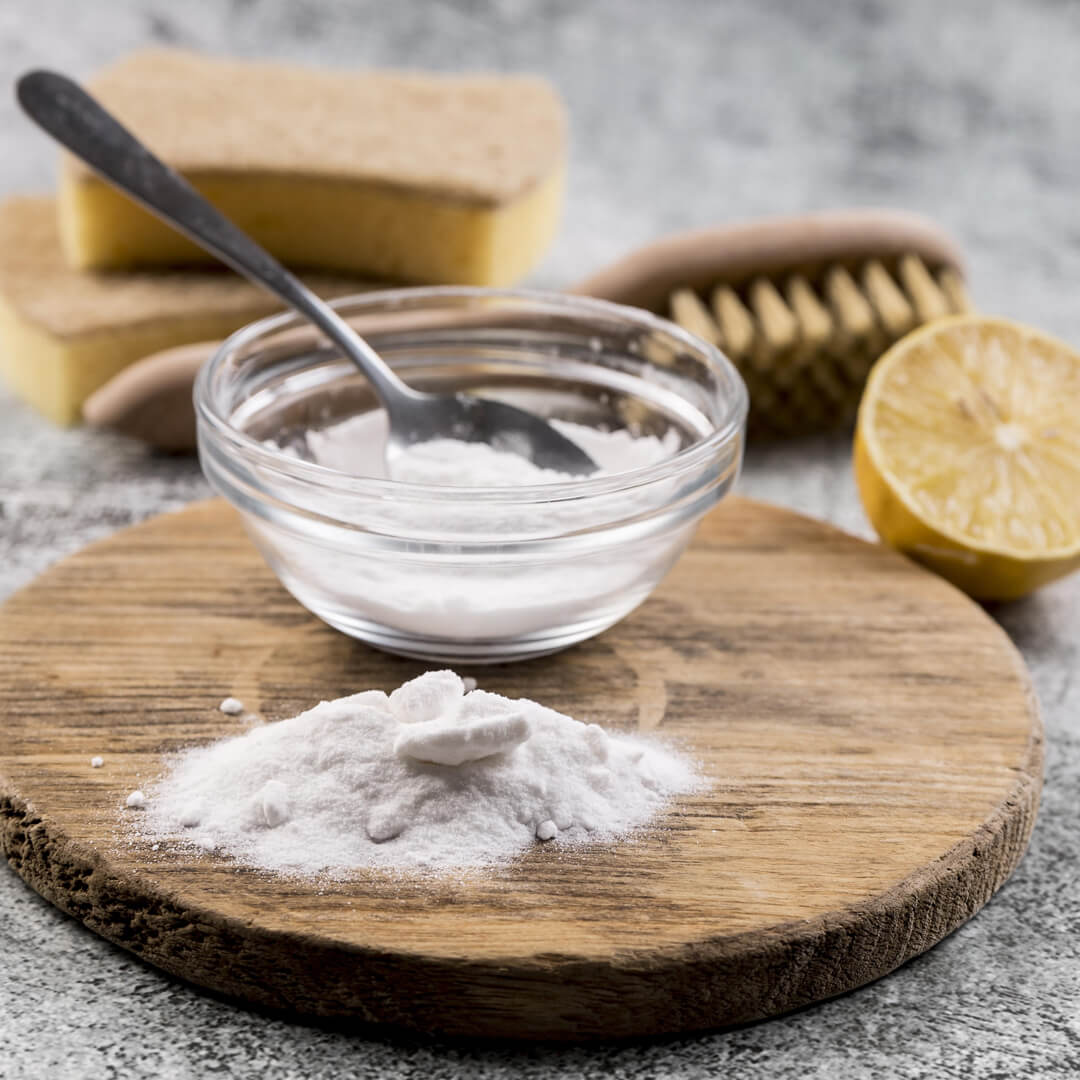
Introduction
White trainers are a fashion staple.
However, our customers all come with the same problem: keeping them white is a daily challenge. You often embark on a veritable quest to keep the white intact. This quest leads you to try out different cleaning tricks found on the internet. Among the widely used recipes, the one using bicarbonate of soda is one of the star recipes. Using bicarbonate of soda to clean white trainers may seem like a practical and economical solution. However, there are risks for your shoes.
In this article, we'll explain why we don't recommend it. We'll explain why using it on white trainers, whether leather or fabric, is not ideal.
At the end of the article, we'll suggest an alternative. This alternative is used daily in our workshop and by our customers. It uses products containing natural active ingredients.
The risks of baking soda on white trainers
Baking soda is naturally abrasive. This means it can damage delicate fabrics and the specific materials used to make trainers. For example, using it with hot water can loosen some of the soles of fabric shoes.
In the long term, bicarbonate particles can seep into small cracks and fissures. This infiltration gradually erodes the material and can lead to more extensive and irreversible cracking.
Repeated use on materials such as suede, nubuck or certain types of leather, even synthetics, can lead to premature wear. It is a powerful cleaner that can dry out these materials and cause cracking.
This will affect the appearance and durability of the pair. What's more, some trainers have decorative elements such as prints, embroidery or metallic details.
These elements can also be damaged by the abrasive properties of bicarbonate.
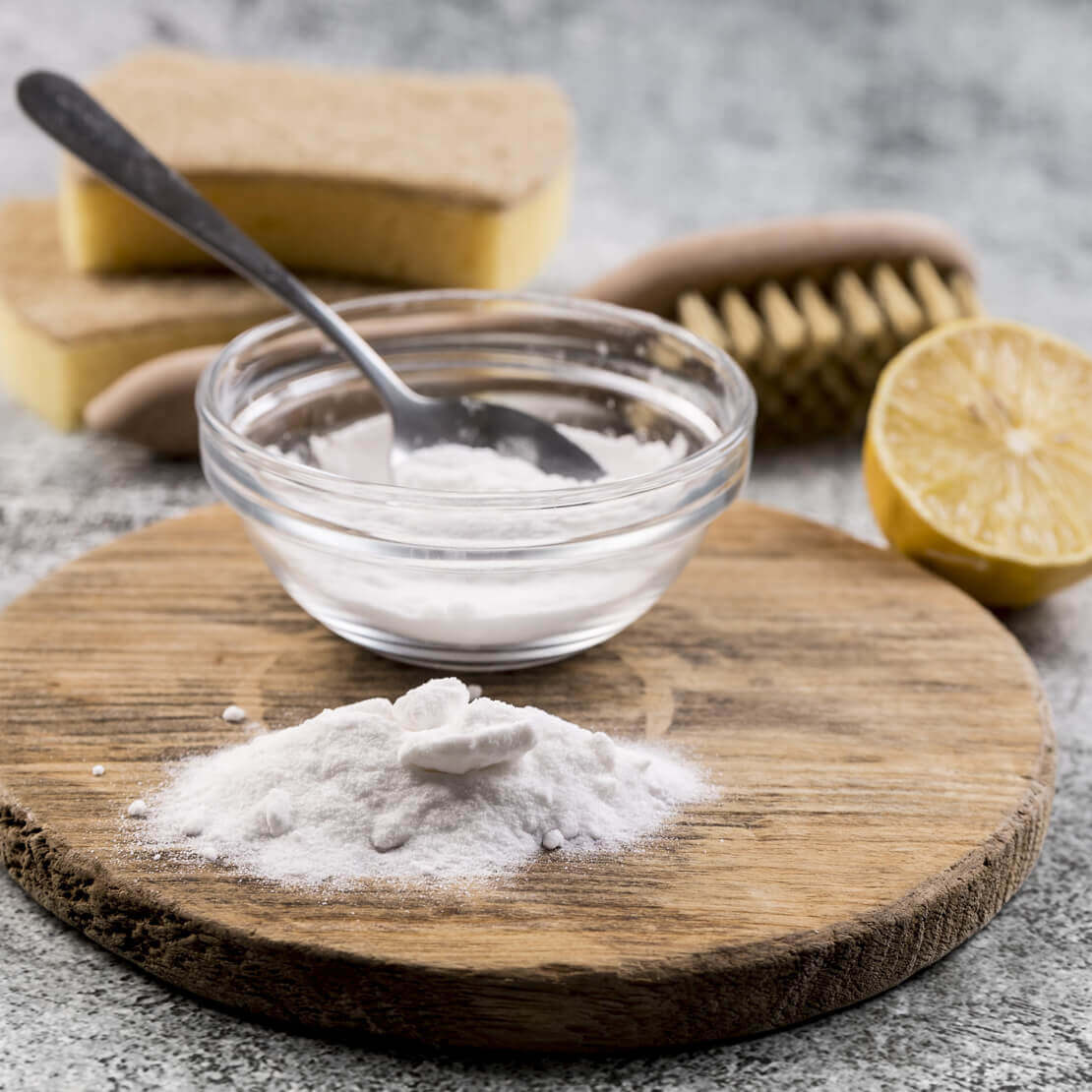
Myths and facts about baking soda
Presented as a miracle solution in the world of cleaning, bicarbonate of soda gives rise to many preconceived notions. Here's a look at some of them.
Myth 1: Baking soda is the ideal solution for all stains. Baking soda can remove superficial and unsaturated stains in sinks. Regular use can damage the texture of fabric, leather or suede. It can burn if it comes into contact with other abrasive products such as white vinegar.
Myth 2: Frequent use of baking soda will keep your trainers spotlessly white. Frequent use of baking soda can actually have the opposite effect. The abrasiveness of the powder can cause yellow rings to appear after a few washes.
Myth 4: Baking soda is an effective deodorant. It is known to temporarily absorb odours. However, it does not eliminate the bacteria that cause these unpleasant odours. The build-up of bicarbonate in your shoes can create an environment conducive to long-term bacterial growth. The bacteria themselves are the source of the unpleasant odours. So it's a vicious circle and only a temporary, imperfect solution to bad odour.
Alternative to cleaning with baking soda
The advice you'll find in this section applies to all white trainers, whether in fabric or leather. The products are manufactured in France with formulas adapted to the materials used. The products contain natural active ingredients to respect the leather or fabric of your shoes.
We recommend that you clean your shoes about once a month, depending on how often you wear them. Here's how Monsieur Chaussure does it:
- Dust your white trainers with the universal brush to remove dust.
- Use the sole brush and sneaker cleaner to clean the soles of your trainers. You can rub vigorously without scratching the soles.
- Repeat the process with the universal brush to clean the top of the trainers. The soft bristle brush is suitable for all types of trainers without the risk of damaging them.
- Remove excess cleaner with a microfibre cloth. The cleaner does not need rinsing.
- Finally, waterproof all your white trainers to protect them from the elements and dirt.
For the laces, you can soak them in a bowl of washing-up water while you clean them. Then wipe them with a microfibre cloth before putting them back on.
To remove odour, we recommend placing them on a red cedar shoe tree. Red cedar is a raw wood with absorbent properties. They trap odours at their core, leaving a perfect freshness. For a more complete effect, you can use air fresheners in your shoes frequently and change the insole.
